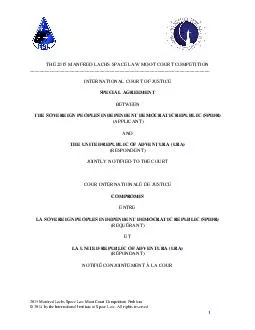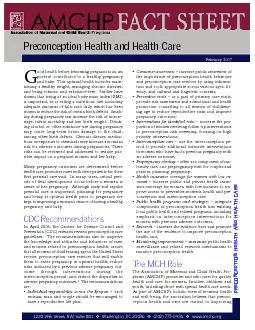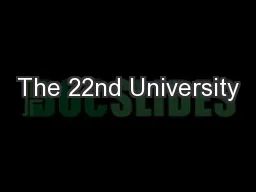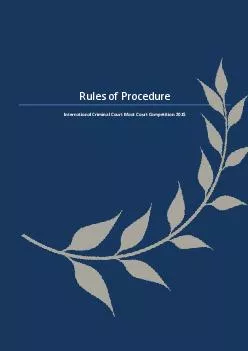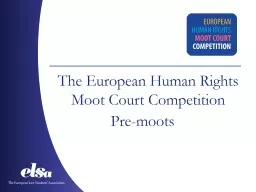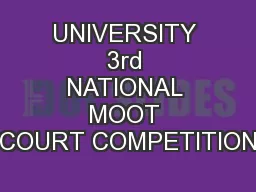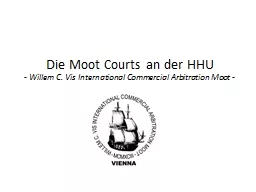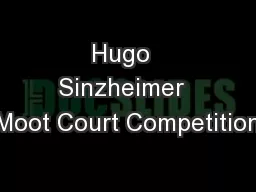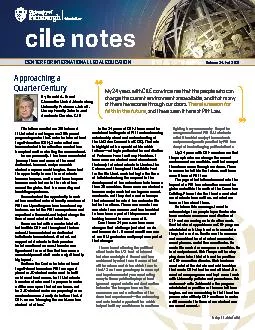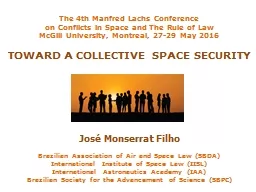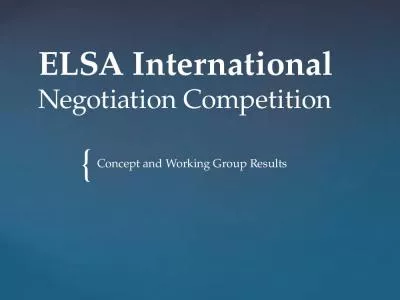PDF-THE MANFRED LACHS SPACE LAW MOOT COURT COMPETI TION Manfred Lachs Space Law Moot Court
Author : tatyana-admore | Published Date : 2015-03-08
All rights reserved INTERNATIONAL COURT OF JUSTICE SPECIAL AGREEMENT BETWEEN THE SOVEREIGN PEOPLES INDEPENDENT DEMOCRATIC REPUBL IC SPIDR APPLICANT AND THE UNITED
Presentation Embed Code
Download Presentation
Download Presentation The PPT/PDF document "THE MANFRED LACHS SPACE LAW MOOT COURT ..." is the property of its rightful owner. Permission is granted to download and print the materials on this website for personal, non-commercial use only, and to display it on your personal computer provided you do not modify the materials and that you retain all copyright notices contained in the materials. By downloading content from our website, you accept the terms of this agreement.
THE MANFRED LACHS SPACE LAW MOOT COURT COMPETI TION Manfred Lachs Space Law Moot Court: Transcript
Download Rules Of Document
"THE MANFRED LACHS SPACE LAW MOOT COURT COMPETI TION Manfred Lachs Space Law Moot Court"The content belongs to its owner. You may download and print it for personal use, without modification, and keep all copyright notices. By downloading, you agree to these terms.
Related Documents

